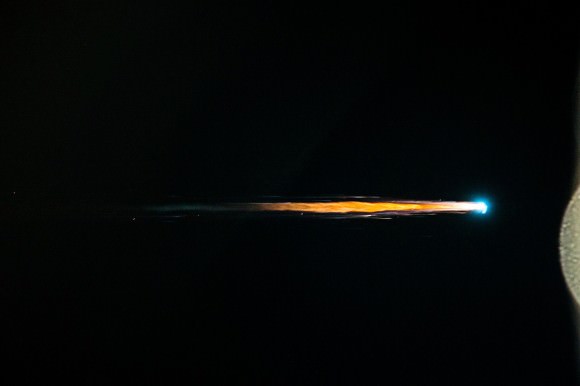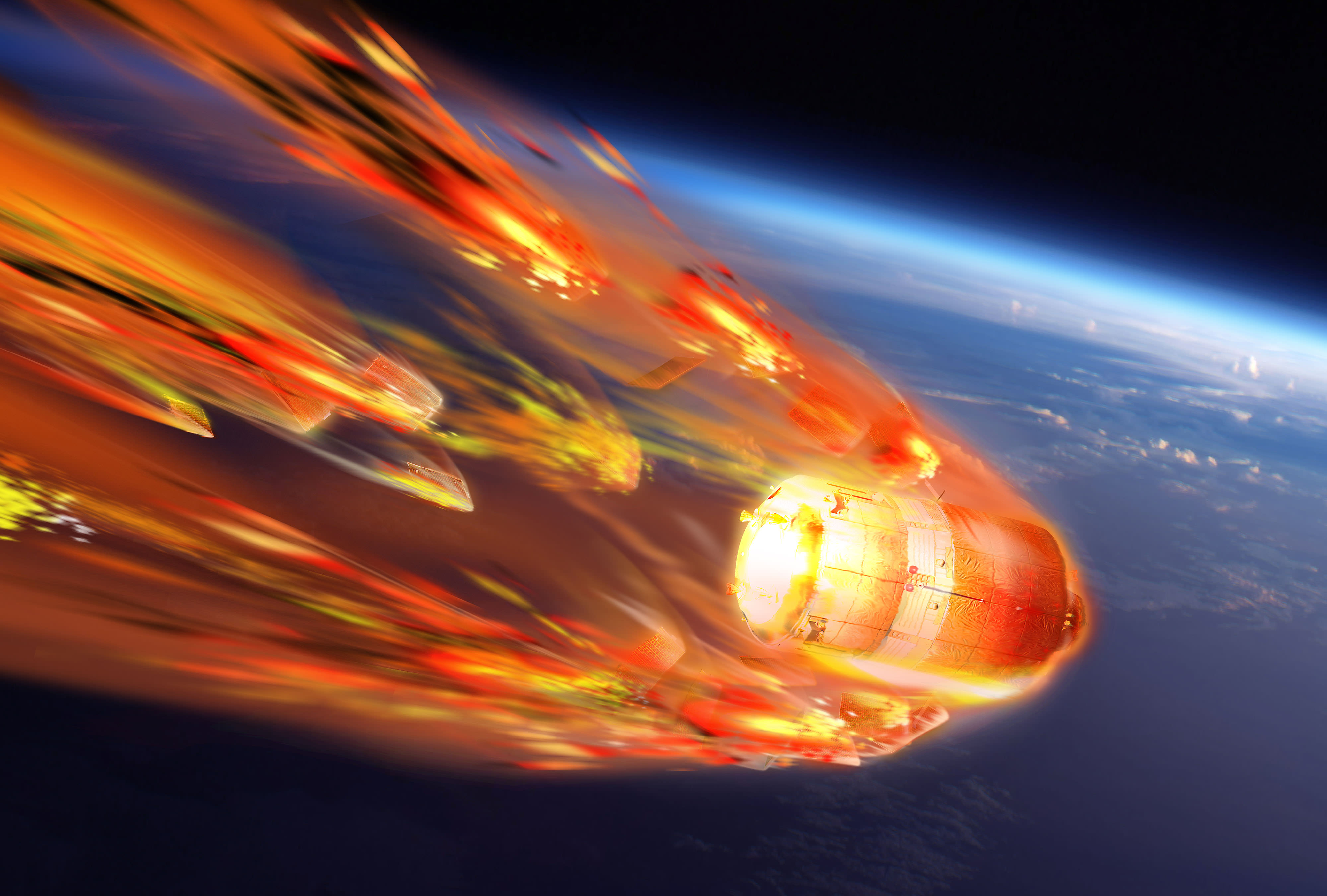It’s sad to think about, but there will be a day sometime when the International Space Station makes its final journey — a destructive re-entry into Earth’s atmosphere. Historically, it’s been hard to break up large pieces of space hardware safely. Pieces of the Skylab space station famously rained down in Australia, while Mir’s demise triggered warnings across its re-entry path.
The European Space Agency sees an opportunity to gather more information for this future use: closely watching what happens when the final Automated Transfer Vehicle (ATV), Georges Lemaître, goes to the International Space Station and has its planned breakup in the atmosphere following the shipment.
They plan to record its last moments using a heat-seeking camera on the inside of the spacecraft. This sort of thing has been done before with NASA and the Japanese Aerospace Exploration Agency, but this will be a first for ESA.
“The data should also hold broader value,” stated Neil Murray, who is leading the project at the European Space Agency (ESA).
“The project is proceeding under our ‘Design for Demise’ effort to design space hardware in such a way that it is less likely to survive reentry and potentially endanger the public. Design for Demise in turn is part of the agency’s clean space initiative, seeking to render the space industry more environmentally friendly in space as well as on Earth.”

The camera will ride inside, bolted to a rack, and transmit the last 20 seconds of its lifetime to a special Reentry Satcom capsule that is designed to survive the breakup. The data will in turn be sent to Earth using an Iridium satellite.
While the SatCom will be protected by a heatshield, the challenge will be transmitting the information through the plasma generated as it falls at 6 to 7 kilometers (3.7 to 4.3 miles) a second. The breakup will happen at 80 kilometers (50 miles) and the plasma will be there until below an altitude of about 40 kilometers (25 miles), ESA stated.
“The fall will generate high-temperature plasma around it, but signals from its omnidirectional antenna should be able to make it through any gap in the plasma to the rear,” the agency added.
Georges Lemaître is expected to launch later this month and last six months in space before re-entry.
Source: European Space Agency


I think it’s irresponsible to disuse these cargo modules. Couldn’t the trash be taken out another way? Say with an inflatable Bigelow like trash module? I say USE the metal on-orbit as best as we can because it’s SO danged expensive to orbit in the first place! Send up auxiliary rocket packs so we can use these resupply vehicles to build a LUNAR SPACE STATION – LSS!
Concerning the demise of the ISS. Same concept applies except, disassemble the usable modules then attach rocket packs to them and send them to lunar orbit. Reassemble and move in…
Just because it’s ‘metal’ and in space with you, doesn’t make it useful…
It’s explicitly designed to be an expendable cargo carrier, that you would have to de-orbit when finished, even empty. You sound like you really want a space tug. Say so. Come up with the money, and someone out there will be happy to design you something meant for servicing and refueling in LEO. But it will now have features that make it sub-optimal just for carrying stuff up there.
You may be underestimating the structural integrity of the ATV’s and HTV’s? After all, they made it to orbit.. pressurized. I’m thinking primarily storage space aboard the ATV’s and HTV’s for O2 and food supplies etc. The trick in getting the WHOLE station to Lunar orbit, will be the VASIMR engine and orbital pumping techniques. http://www.adastrarocket.com/aarc/about-us
Let’s do it. At the very least, I’m sure Sandra Bullock can find a use for it…
Reading this article, I was thinking pretty much the same thing. If we are to be environmentally responsible here on Earth we are supposed to “reduce, reuse, recycle” isn’t that the catch phrase? It’s funny, I don’t see “incinerate” anywhere in that list. My feeling is that it would be a tragic waste of money and resources to deorbit the ISS. The damn thing was built to be modular surely some of it’s parts could be reused in the next station. Something can be of more use in space than a burned out hulk at the bottom of the ocean.
If we are to be truly responsible we need fully reusable spacecraft even these resupply craft. Just gas it up and go again.
That’s going to be quite a video. Will the SatCom be able to re-transmit after it reaches 40Km I wonder? The ionization will be gone, and there will be some time available before impact.
@Aqua4U – Good luck building anything out of resupply modules. They are not very roomy. As for preserving the ISS, old space stations (like Salyut and Mir) are like old cars: Hard to maintain, dangerous and they smell bad. I think one of those Russian stations had a mold infestation towards the end.
Why not mount a couple of small engines, or solar sail on the ISS before abandoning it? Use them to send it out into space, eliminating the risks of re-entry and possibly be of some use on it’s journey.
That’s the spirit!